

RED STAR
OVER THE
PACIFIC

RED STAR
OVER THE
PACIFIC

Chinas Rise and the Challenge to U.S. Maritime Strategy
SECOND EDITION
Toshi Yoshihara and James R. Holmes
Naval Institute Press
Annapolis, Maryland
Naval Institute Press
291 Wood Road
Annapolis, MD 21402
2018 by James R. Holmes and Toshi Yoshihara
All rights reserved. No part of this book may be reproduced or utilized in any form or by any means, electronic or mechanical, including photocopying and recording, or by any information storage and retrieval system, without permission in writing from the publisher.
Library of Congress Cataloging-in-Publication Data
Names: Yoshihara, Toshi, author. | Holmes, James R., date, author.
Title: Red star over the Pacific : Chinas rise and the challenge to U.S. maritime strategy / Toshi Yoshihara and James R. Holmes.
Description: Revised second edition. | Annapolis, Maryland : Naval Institute Press, [2018] | Includes bibliographical references and index.
Identifiers: LCCN 2018037610 (print) | LCCN 2018039028 (ebook) | ISBN 9781682473573 (ePDF) | ISBN 9781682473573 (ePub) | ISBN 9781682472187 (hardback) | ISBN 9781682473573 (ebook)
Subjects: LCSH: Sea-powerChina. | Sea-powerUnited States. | Naval strategy. | GeopoliticsAsia. | BISAC: HISTORY / Military / Naval.
Classification: LCC VA633 (ebook) | LCC VA633 .Y67 2018 (print) | DDC 359/.030951dc23
LC record available at https://lccn.loc.gov/2018037610
 Print editions meet the requirements of ANSI/NISO z39.48-1992
Print editions meet the requirements of ANSI/NISO z39.48-1992
(Permanence of Paper).
Printed in the United States of America.
26 25 24 23 22 21 20 19 189 8 7 6 5 4 3 2 1
First printing
To our wives and daughters

CONTENTS


ILLUSTRATIONS


INTRODUCTION

CHINAS DREAM
C hina has a dream. Chinese Communist Party (CCP) officials tell us so. President Xi Jinping, who ranks first among them, made Chinese Dream his credo soon after ascending to Chinas top post in 2012. And this is no mere slogan; it encapsulates CCP officialdoms vision of Chinas purposes and aspirations, first and foremost of which is the great rejuvenation of the Chinese nation. President Xi proclaims that fulfilling this great renewal constitutes the greatest dream for the Chinese nation in modern history. This book investigates what the Chinese Dream means for Chinese maritime strategy, all the way from the lofty realm of high purpose down to the nitty-gritty of how seagoing Chinese forces may coerce, deter, and fight to carry forth national purposes.
What does rejuvenating China involve? It means making the nation prosperous and confident at home and influential abroad. There is a pronounced economic component to the Chinese Dream. In part the dream seeks to raise disposable incomes for urban and rural dwellers alike, reduce income inequality, improve access to medical care, enlarge physical living space for average citizens, and increase education levels by raising the proportion of the population holding college degrees. By the middle of the twenty-first century, when China will mark the centenary of the founding of the Peoples Republic, the CCP aims to rival the economies of other developed countries.
But there is also a foreign-policy component to the dream. Such sentiments are noteworthy because these purportedly obsolete concepts furnish the basis for regional peace and prosperity as well as bilateral U.S. alliances across Asia. They are also noteworthy because communist China, though not a founder of the UN system instituted in San Francisco, is one of five permanent UN Security Council members entrusted with upholding it. It is a coguarantor of the UN system yet now denounces that system in unequivocal terms.
While objections to hegemony and other manifestations of U.S. primacy in Asia have constituted a staple of Chinese diplomacy since the communist regimes inception in 1949, Chinas burgeoning power enables Beijing to make good on its intent to alter the U.S.-led status quo and revise the international order to its liking. The logic of the Chinese Dream, accordingly, mandates that Beijing mold the existing order in ways that accommodate Chinese power, ambitions, and interests.
There is a martial component to this project. Xi has spoken of a strong-army dream or strong-military dream that he believes should propel military modernization and reform.
Last but not least, there is a cultural and historical component to the Chinese Dream. If proponents call for rejuvenating or renewing something, they are admitting tacitly that it has fallen into decay. Those who long for a Chinese restoration blame outsiders for the nations decay. But by making itself prosperous and influential, China could banish painful memories of its century of humiliation at the hands of seaborne conquerors. It could regain lost stature and perhaps even resurrect the Sinocentric order that once prevailed in Asia. Honor and dignity would be satisfied. In essence, then, China aspires to national greatness. Xi Jinping embodies the Chinese Dreams rhetorical and leadership components. His credo constitutes as clear a statement of political purpose as any leader could make.
President Xi further codified his Chinese Dream at the 19th Party Congress held in October 2017. The all-important congress marked the end of Xis first five-year term while providing a forum to chart Chinas course for Xis second term in office. In a speech that ran for nearly three and a half hours, Xi delivered a progress report while spelling out his ambitious vision. The tenor of his work report to the congress was strikingly bold. Xi couched his long-term aims repeatedly as the Chinese Dream. He used the phrase great rejuvenation of the Chinese nation no fewer than twenty-seven times while referring to China as a great power () or big power () on many other occasions.
The president reminded the party rank and file of their nations century of humiliation. Beginning with the 1840 Opium War, China was plunged into the darkness of domestic turmoil and foreign
Xi then set a timetable for China to turn aspirations into reality. By 2020, he prophesied, China will be a moderately prosperous society, having raised its per capita GDP, worked toward greater urbanization, alleviated poverty, undertaken new investments in research and development, improved environmental protection, and bolstered its industrial base. Between 2020 and 2035 China will strive toward socialist modernization, taking station at the forefront of world economic and technological power. Thus, he accelerated the program by fifteen years beyond earlier plans that envisioned socialist modernization by 2049, the centennial of the founding of the Peoples Republic. Xi went on to forecast that China will have transformed itself into a great modern socialist country by midcentury. By then it will have made itself a global leader in comprehensive national power and international influence.
Next page
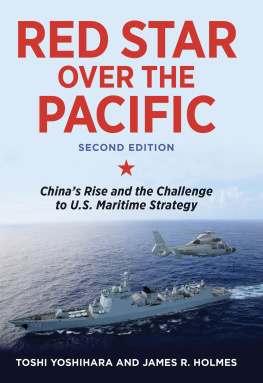


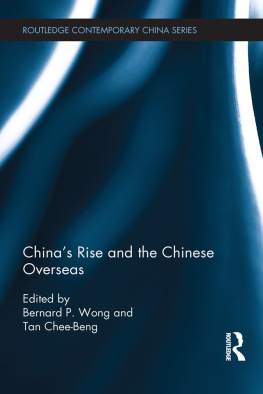
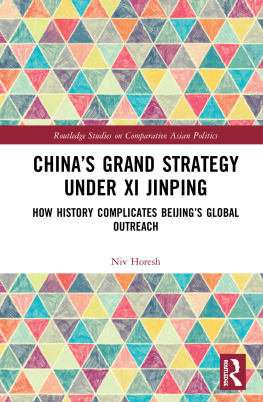
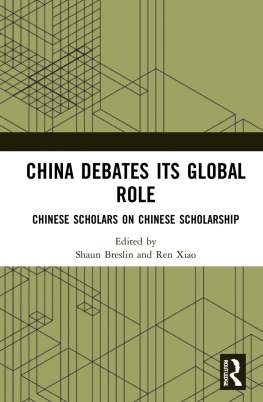
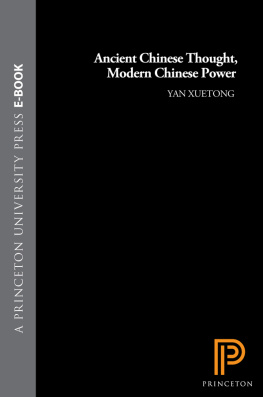
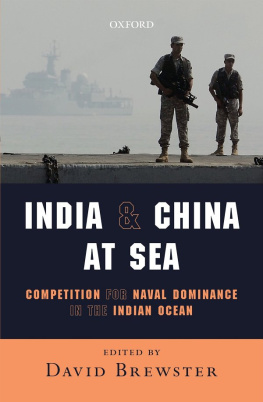
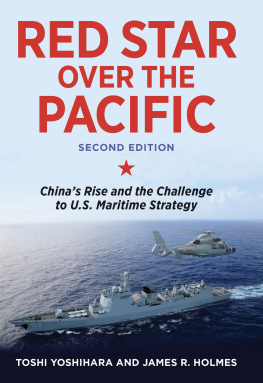




 Print editions meet the requirements of ANSI/NISO z39.48-1992
Print editions meet the requirements of ANSI/NISO z39.48-1992